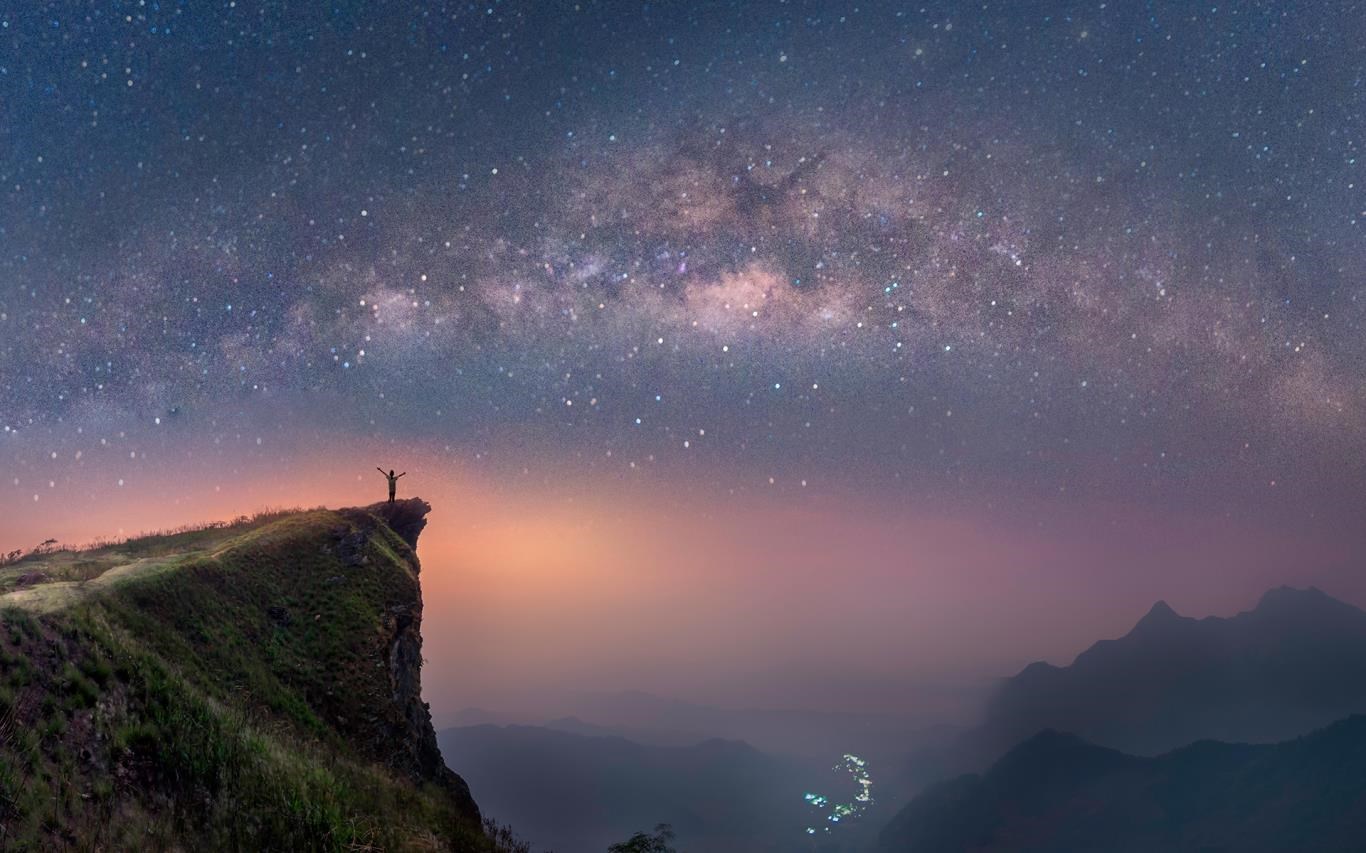The Northern Lights

The Northern Lights
The magic and mystery of the Northern Lights, also known as the Aurora Borealis, has awed mankind since the dawn of civilization. These celestial curtains of light, dancing across the dark skies, spark wonder, stories, and scientific interest.
Origins of the Lights
The Northern Lights are a result of solar particles colliding with the Earth's magnetic field. The sun, a seething cauldron of hot plasma, consistently releases tiny particles known as solar wind. When this wind reaches the Earth, it interacts with the Earth's magnetic field, causing a spectacular light show.
Where to Witness the Phenomenon
The Northern Lights can be sighted in the Polar Regions extending over northern Scandinavia, Canada, and Russia. The optimal viewing time is typically in the winter months, from September to March. However, the visibility of the Northern Lights also significantly relies on solar activity, clear weather, and abridged light pollution.
Tales and Myths
The Northern Lights have been the source of many myths and legends. Scandinavian folklore considers them a reflection of the light from the Valkyries' shields and armor. The Sami people held the belief that one should be quiet while in the presence of the Northern Lights. Native Americans saw them as the spirits of the dead, and in Japan, a child conceived under the Northern Lights is considered a harbinger of prosperity.
Color Spectrum of the Northern Lights
These Lights are not limited to the stunning neon green typically seen in photographs. They cover a rich palette, ranging from red, yellow, blue to violet, based on the type of gas particles involved in the collision. Oxygen particles emit green and red light, while nitrogen particles produce blue or purple light.
The Aurora Borealis and Science
In addition to being an awe-inspiring spectacle, the Northern Lights have also significantly contributed to scientific studies. Researchers have used this phenomenon to better understand the workings of solar winds, the Earth's magnetic field, and the planet's atmosphere.
Threats to our Experience of the Northern Lights
Despite their allure, the Northern Lights' visibility is now under threat from artificial light pollution and climate change. The increasing influx of artificial lighting in our cities is making it harder for us to experience this celestial spectacle fully.
Conclusion
The Northern Lights enable us to witness a cosmic ballet of light unfurling across the sky – a reminder of the Earth's place in the wider universe. It is up to us to help protect these magical displays for future generations to appreciate them as we do now. If the opportunity arises to witness this enthralling phenomenon, grasp it, for there are few moments in life quite so humbling and beautiful as watching the Northern Lights.


 The best app store 1
The best app store 1